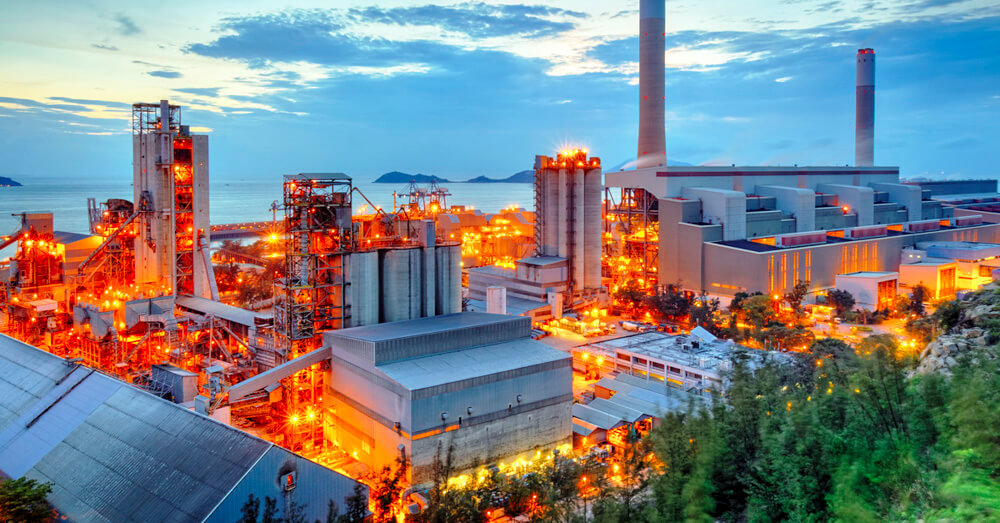Energy efficiency, for decades, was the key buzzword in the power industry. Now, with tougher regulations and tighter marins, the operative word is “sustainability” – being able to produce power efficiently while staying within emissions controls and being economical in the process for an indefinite period of time.
Maintenance goes a long way toward sustainability, since the root word is “sustain” and you can’t sustain production if your equipment is broken.
But according to Plant Engineering, over half of respondents in a survey said they still rely on the most inefficient, unsustainable maintenance strategy a plant can run: reactive maintenance that waits until something breaks before they take action.
Why Reactive Maintenance Hurts Sustainability
Faulty equipment that needs to be repaired reduces sustainability because it becomes inefficient and may even run afoul of emissions controls.
Equipment that breaks also adds to operational costs and even capital costs, which factor into the sustainability equation.
Plant managers who run reactive maintenance programs are essentially gambling that their power plant equipment won’t break at an inopportune time – that they can make it to planned outages before work needs to be done.
Of course, equipment wears down over time and breaks on its own schedule, not anyone else’s. All a reactive maintenance strategy does is add to short-term and long-term costs and lower efficiency, which further contributes to bottom-line losses.
How Proactive Plant Maintenance Helps Sustainability
Proactive maintenance works to avoid problems before they either occur or get worse.
The backbone of a proactive maintenance strategy is monitoring and observing equipment status at all times, using automated sensors in many cases to make the process more efficient. Automation can help, but proactive inspections from human workers is vital and should be done aggressively on a regular schedule.
Finding a potential problem early gives a manager more options: the issue can be fixed through a variety of methods, a minor repair can be made, or a part can be replaced. This is more flexibility than reactive maintenance allows, which can get to the point where you really only have one option: replacing the entire piece of equipment.
Equipment that is maintained continuously, and on a regular schedule, performs better. It runs more efficiently. It doesn’t have to be replaced as often, which means you get more performance and longevity.
Proactive maintenance is the key to more sustainability.
ProcessBarron engineers, constructs, and installs air, ash, and material handling equipment for power plants. Contact the team for more information.


